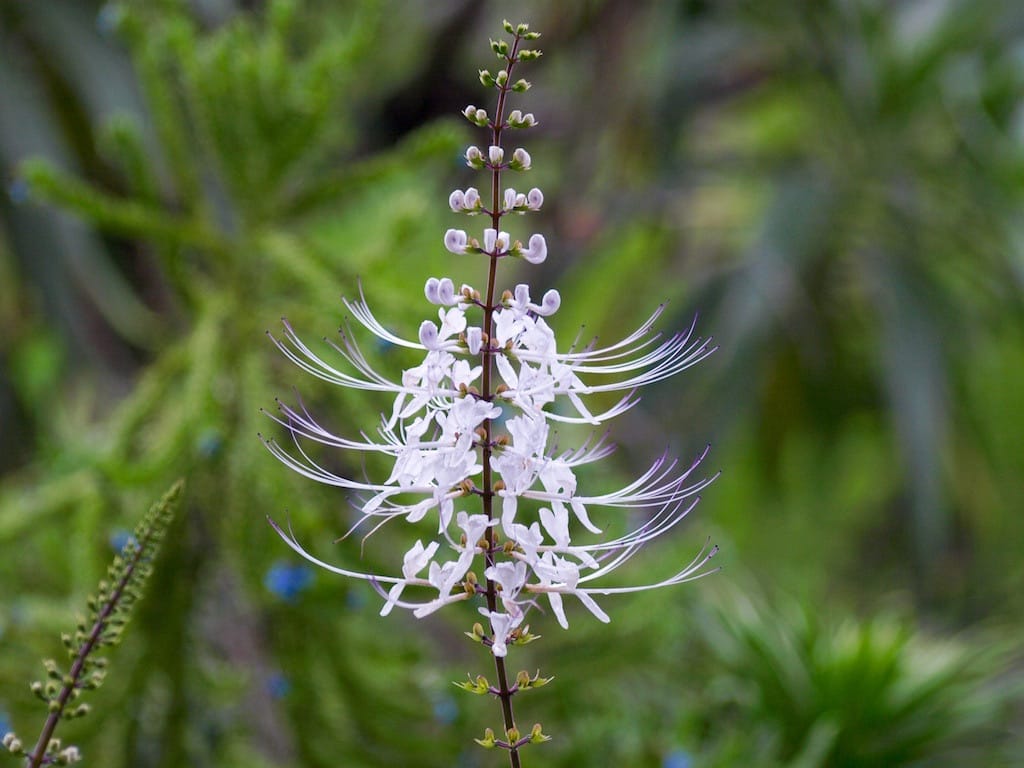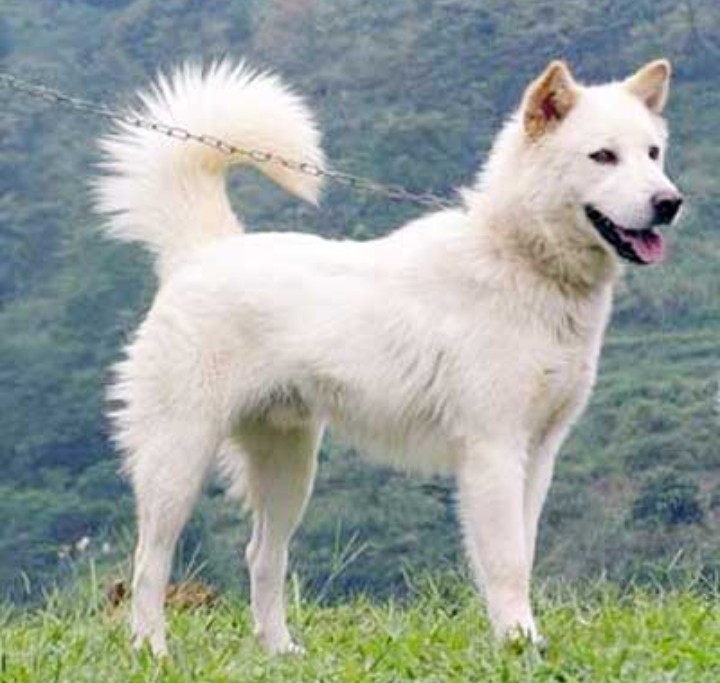Cat’s whiskers, or "kumis kucing" in Bahasa Indonesia, are more than just facial hair for felines; they serve as a vital sensory tool. Known scientifically as Orthosiphon aristatus, these whiskers are deeply embedded in the cat’s body and connected to the nervous system, providing them with spatial awareness and the ability to detect changes in their environment.
Classification and Characteristics
| Kingdom | Plantae |
|---|---|
| Order | Lamiales |
| Family | Lamiaceae |
| Genus | Orthosiphon |
| Species | O. aristatus |
The plant known as "kumis kucing" is part of the Lamiaceae family and is native to tropical Africa. It has spread to Asia and Australia, becoming known for its medicinal properties.
Medicinal Uses
In traditional medicine, particularly within Indonesia, "kumis kucing" is valued for its diuretic properties and is commonly used to treat various ailments such as kidney stones, gout, and diabetes. The plant is also known as "Java tea" in English and is used in herbal remedies.
Cultivation and Growth
"Kumis kucing" thrives in tropical climates and requires well-drained soil. It can grow up to 2 meters tall and features unique flowering characteristics with a distinctive purple and white coloration.
Conclusion
The term "cat’s whiskers" not only refers to a beloved feature of our feline companions but also to a plant with significant medicinal value. Understanding the dual meaning of "kumis kucing" enriches our appreciation for both the natural world and the linguistic connections that bridge different cultures.
For more detailed information on the cultivation, distribution, and scientific research on Orthosiphon aristatus, please refer to the comprehensive resources available online.





